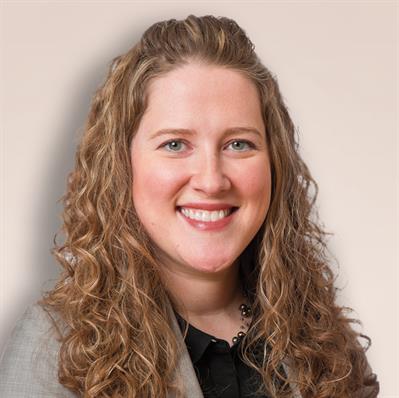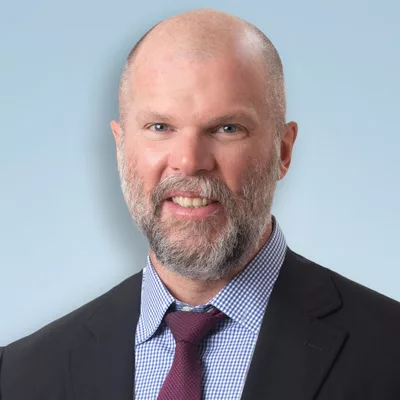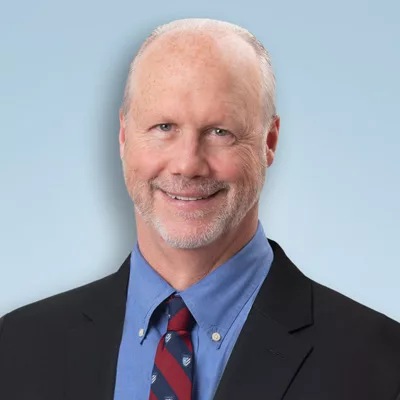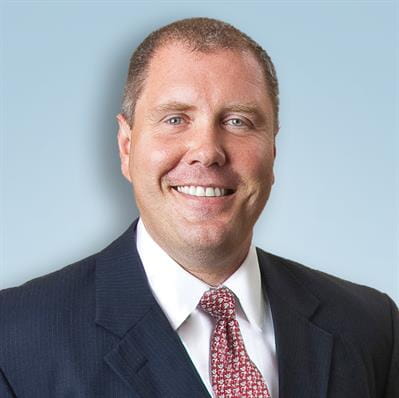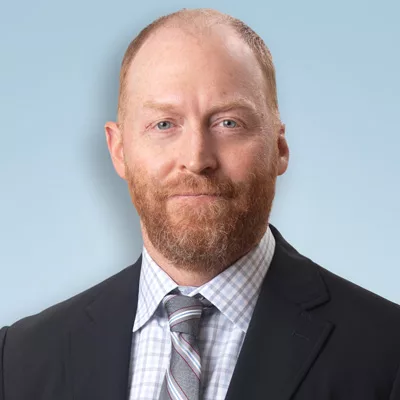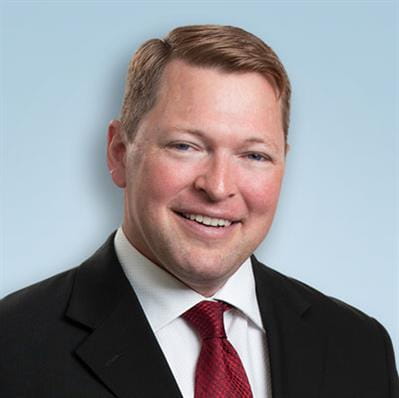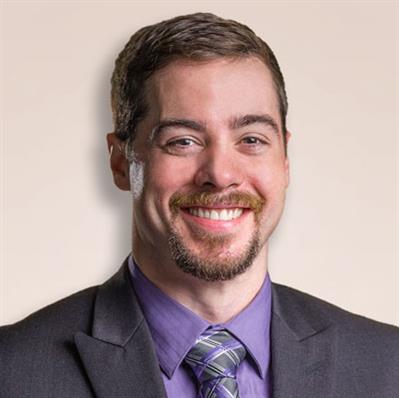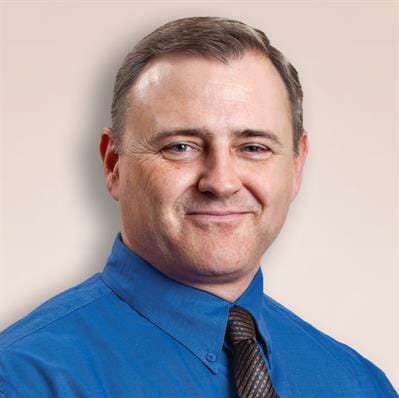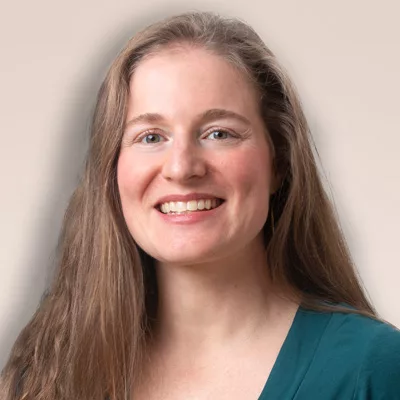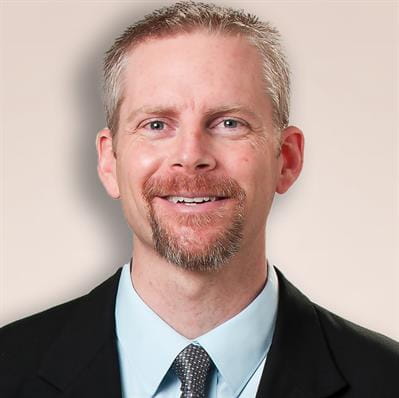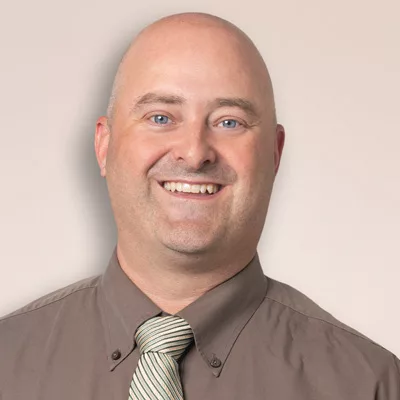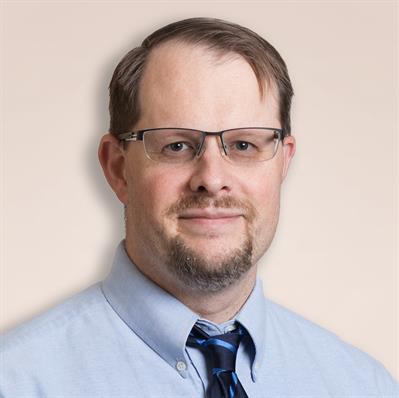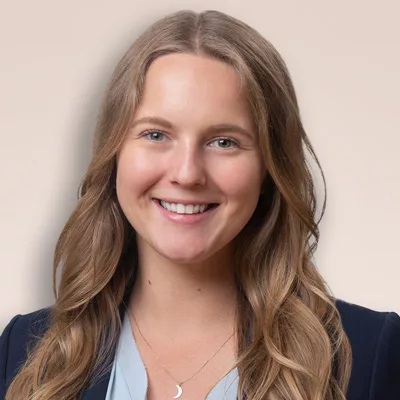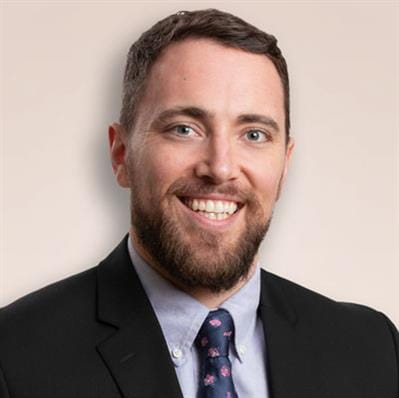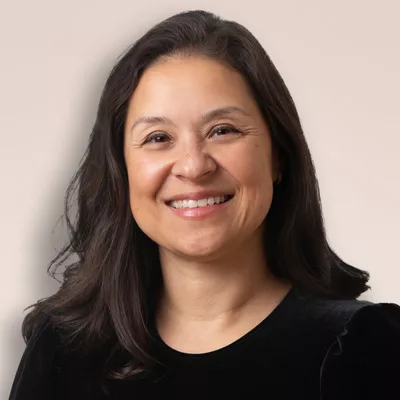Spinal Stenosis
OPA treats a wide variety of back conditions and offers comprehensive treatment options — including many non-surgical solutions.
What is Spinal Stenosis?
A type of degeneration, spinal stenosis occurs when the spinal canal narrows at one or more locations along the spine. This narrowing can happen as a result of trauma to, or deterioration of, the spine’s bones, discs, or joints.
At our state-of-the-art practice, our Board Certified Spine Specialists can diagnose and treat spinal stenosis with a comprehensive selection of spine and pain management techniques. Your care, comfort, and results are our highest priorities
You can have spinal stenosis at any part of your spine, but most are located in the lower back (lumbar spine) or neck (cervical spine) and rarely in the upper back (thoracic spine). Some people with Spinal Stenosis may have no symptoms. Others may experience pain, tingling, numbness, and muscle weakness. Symptoms can get worse over time.
Common Causes:
-
- Osteoarthritis
- Tumors
- Ligament changes
- Herniated disc
Symptoms you should look for:
-
- Pain
- Cramping in extremity
- Numbness in extremity
- Problems balancing
- Incontinence
When you arrive for your initial consultation, Orthopedic Physicians Alaska (OPA) team of spine specialists will evaluate your areas of concern, discuss your symptoms, and develop a customized and comprehensive treatment plan tailored to your unique needs. This evaluation is a necessary part of diagnosing your condition and providing the best possible care.
When diagnosing spinal stenosis, The OPA Spine Team:
-
- Obtain a complete medical history
- Perform a physical examination
- Order and analyze X-Rays/ MRI
Common Treatments:
At Orthopedic Physicians Alaska (OPA), our Board Certified Spine Specialists receive extensive training specifically in the musculoskeletal system, including the bones and soft tissues of the spine. Our skilled specialists can diagnose, treat, and help prevent common and complex concerns of the entire spine. OPA’s Spine Team can address your condition with our selection of physicians who focus on issues concerning spine and pain management.
Fortunately, spinal stenosis often can be treated using non-surgical methods such as rest, nonsteroidal anti-inflammatory drugs (NSAIDS), corticosteroid injections, orthotics, and physical therapy. Our Board Certified Spine Specialists are extensively trained in the most advanced spinal stenosis treatment options available, including many nonsurgical treatment options.
Injections
An injection of steroid and anesthetic medications.
NSAIDs
Physical Therapy
One of OPA’s onsite physical therapist prescribes and monitors strengthening and stretching exercises.
Injections:
In cases where nonsurgical treatments have not resolved the symptoms of spinal stenosis, our Board Certified Orthopedic Spine Surgeons may discuss the option of a surgical procedure. Unlike in years past, most spinal procedures can now be performed using a minimally invasive approach that requires only a small incision and significantly expedites recovery time.
While there are several Minimally Invasive Spine Surgery options for spinal stenosis, the goal for any of these procedures is to remove the portions of the spinal ligaments, spinal bones or other structures to alleviate pressure on the spinal nerves and spinal canal.

